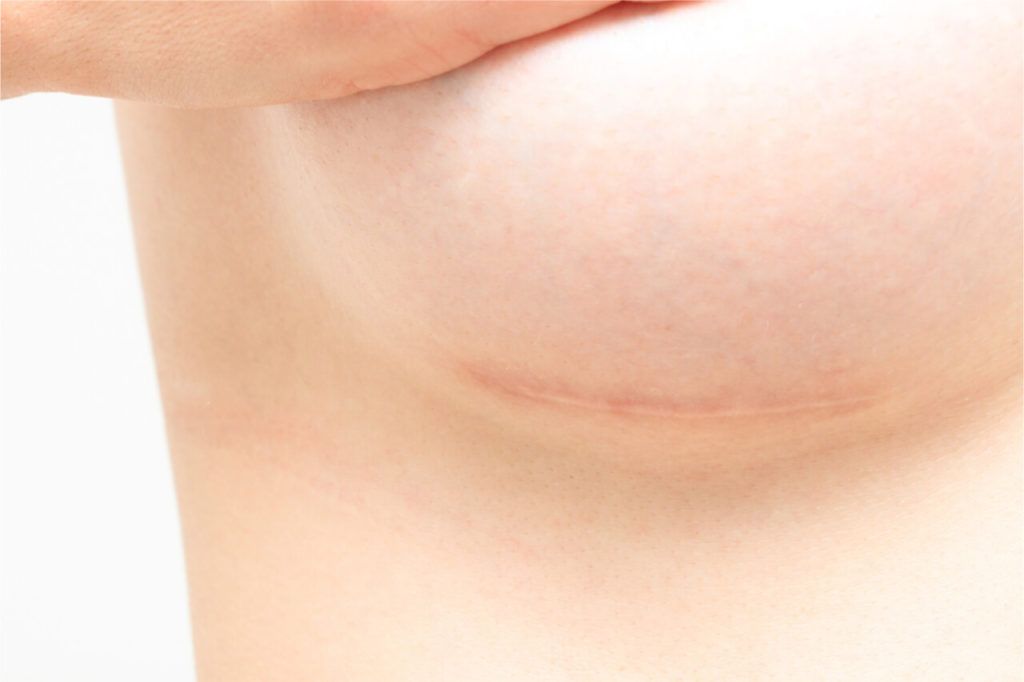Intermittent Fasting Benefits: Managing Type 2 Diabetes Effectively
Intermittent fasting has emerged as a popular dietary pattern in recent years, captivating the curiosity of health enthusiasts and medical professionals alike. This eating style involves alternating periods of eating and fasting. But did you know it can also be an effective strategy for managing Type 2 Diabetes? In this blog post, we delve into the benefits of intermittent fasting for blood sugar control and weight loss—two crucial elements in managing Type 2 Diabetes.
Understanding Type 2 Diabetes
Type 2 Diabetes is a chronic condition where the body either resists the effects of insulin—a hormone that regulates the movement of sugar into your cells—or doesn’t produce enough insulin to maintain normal glucose levels. High blood sugar levels, if not managed properly, can lead to serious complications such as heart disease, kidney damage, and vision problems.
Traditional Management Strategies
Managing Type 2 Diabetes typically involves a combination of:
- Medications
- Diet modifications
- Regular exercise
While these strategies are effective, intermittent fasting offers a complementary approach that can make managing the condition even more efficient.
The Science Behind Intermittent Fasting
So, how does intermittent fasting work? Essentially, by restricting the eating window, the body is prompted to use stored fat for energy, potentially leading to weight loss and improved metabolic health. Here’s a deeper look at how intermittent fasting can specifically benefit those with Type 2 Diabetes:
Improved Insulin Sensitivity
Insulin sensitivity refers to how responsive your body is to the effects of insulin. Improved insulin sensitivity ensures that cells can effectively take up glucose, reducing blood sugar levels. Studies have shown that intermittent fasting can significantly improve insulin sensitivity, making it easier to manage blood sugar levels.
Lowered Blood Sugar Levels
When you fast, insulin levels drop, and your body begins to tap into fat stores for energy. As a result, blood sugar levels can drop, and episodes of high blood sugar may become less frequent. Numerous studies, including those published in the “Journal of Clinical Endocrinology & Metabolism,” underscore the effectiveness of intermittent fasting in lowering blood sugar levels.
Weight Loss and Metabolic Health
Weight management is a cornerstone in managing Type 2 Diabetes. Intermittent fasting helps to facilitate weight loss in several ways:
- Reducing calorie intake by limiting eating windows
- Enhancing metabolic rate
- Promoting the use of fat stores for energy
Research suggests that even a moderate reduction in weight can significantly improve blood sugar control and overall metabolic health, thus managing Type 2 Diabetes more effectively.
Types of Intermittent Fasting
There are several types of intermittent fasting, each with its own set of rules and benefits. Here are some popular methods:
- 16/8 Method: Fast for 16 hours and eat during an 8-hour window.
- 5:2 Diet: Eat normally for five days and restrict calorie intake to 500-600 calories on the remaining two days.
- Eat-Stop-Eat: Fast for a full 24 hours once or twice a week.
- Alternate-Day Fasting: Fast every other day, consuming only a few hundred calories on fasting days.
Each of these methods has been shown to offer health benefits, but the best choice will depend on your individual lifestyle and medical conditions. Always consult a healthcare provider before starting any new dietary regimen.
How to Get Started with Intermittent Fasting
Ready to give intermittent fasting a try? Here are some tips to get started:
Consult Your Doctor
If you have Type 2 Diabetes, it’s crucial to consult with your healthcare provider before starting intermittent fasting. They can provide personalized guidelines and monitor your progress to ensure your safety.
Start Slowly
Diving headfirst into intermittent fasting can be overwhelming. Gradually adjust your eating and fasting windows to allow your body to acclimate.
Stay Hydrated
Drink plenty of water to stay hydrated during fasting periods. Herbal teas and black coffee (without sugar or cream) are also excellent options.
Monitor Blood Sugar Levels
Regularly checking your blood sugar levels is crucial, especially when you start fasting. This helps ensure that your blood sugar levels remain stable.
Listen to Your Body
Pay attention to how your body responds to intermittent fasting. If you feel unwell or experience extreme hunger, it may be wise to reconsider your fasting strategy.
Conclusion
Intermittent fasting offers a promising approach to managing Type 2 Diabetes, thanks to its benefits in improving insulin sensitivity, lowering blood sugar levels, and promoting weight loss. However, it’s essential to approach this dietary strategy cautiously and consult healthcare providers for personalized advice. With careful planning and consistent monitoring, intermittent fasting can become a valuable tool in the comprehensive management plan for Type 2 Diabetes.
Ready to take the leap? Embrace the journey of intermittent fasting and discover a healthier, more balanced life.






